ELECTRIC DRIVE CONTROL SYSTEMS
DESCRIPTION AND SCOPE OF APPLICATION OF FREQUENCY INVERTERS 0,4 KV
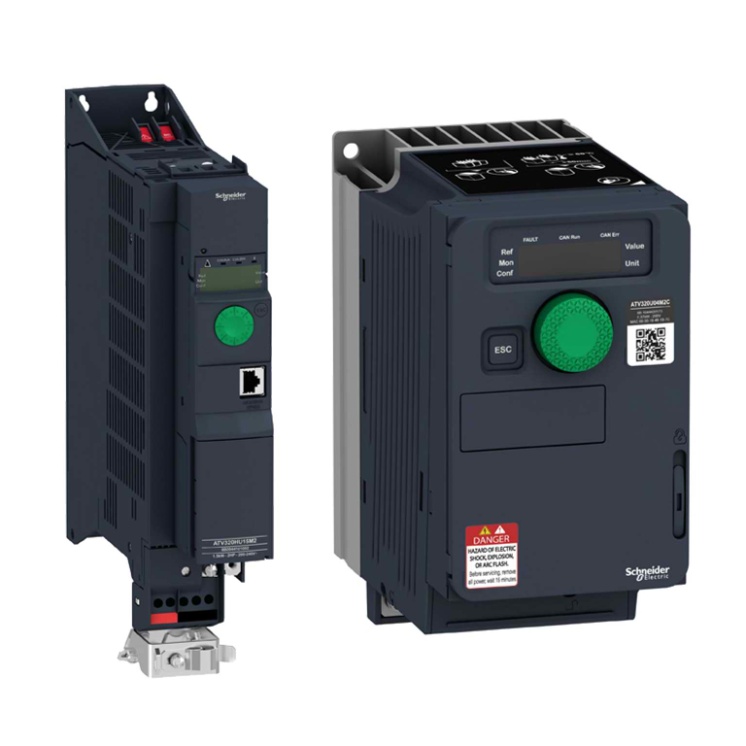
Thus, the inverter provides the following capabilities:
- Energy saving;
- Reducing the cost of preventive and repair work;
- Increasing the working life of technological equipment;
- High-quality management and control over the technological process.
- Pumps, fans, smoke exhausters;
- Conveyors, conveyors;
- Hoists, cranes, elevators, etc.
The use of frequency converters allows you to achieve such advantages as:
- Smooth regulation of the speed of rotation of the electric motor allows in most cases to abandon the use of gearboxes, variators, chokes and other control equipment, which greatly simplifies the controlled mechanical (technological) system, increases its reliability and reduces operating costs;
- Frequency start-up of a controlled motor ensures its smooth acceleration without increased starting currents and mechanical shocks, which reduces the load on the engine and associated transmission mechanisms, increases their service life, while it becomes possible, according to the start-up conditions, to reduce the power of the drive motors of loaded mechanisms;
- The built-in microprocessor-based PID-controller allows realizing speed control systems for controlled motors and related technological processes;
- The use of the system feedback with a frequency converter ensures high-quality maintenance of the motor speed or an adjustable technological parameter under variable loads and other disturbing influences;
- Frequency converters complete with an asynchronous electric motor can be used to replace DC drives;
- A frequency converter complete with a programmable microprocessor controller can be used to create multifunctional control systems for electric drives, including redundant mechanical units;
- The use of an adjustable frequency electric drive allows you to save electricity by eliminating its unjustified costs, which occur with alternative methods of regulating technological flows by throttling, using hydraulic couplings and other mechanical control devices.
Applications of frequency converters:
- Hot and cold water pumps in water and heat supply systems, auxiliary equipment for boiler houses, thermal power plants, thermal power plants and boiler units;
- Sand and slurry pumps in processing lines of processing plants;
- Roller tables, conveyors, conveyors and other vehicles;
- Batchers and feeders;
- Elevator equipment;
- Crushers, mills, mixers, extruders;
- Centrifuges of various types;
- Lines for the production of film, cardboard and other tape materials;
- Equipment for rolling mills and other metallurgical units;
- Drives for drilling rigs, electric drills, drilling equipment;
- Electric drives for machine tools;
- High-speed mechanisms (spindles of grinding machines, etc.);
- Excavator equipment;
- Crane equipment;
- Power manipulator mechanisms, etc.
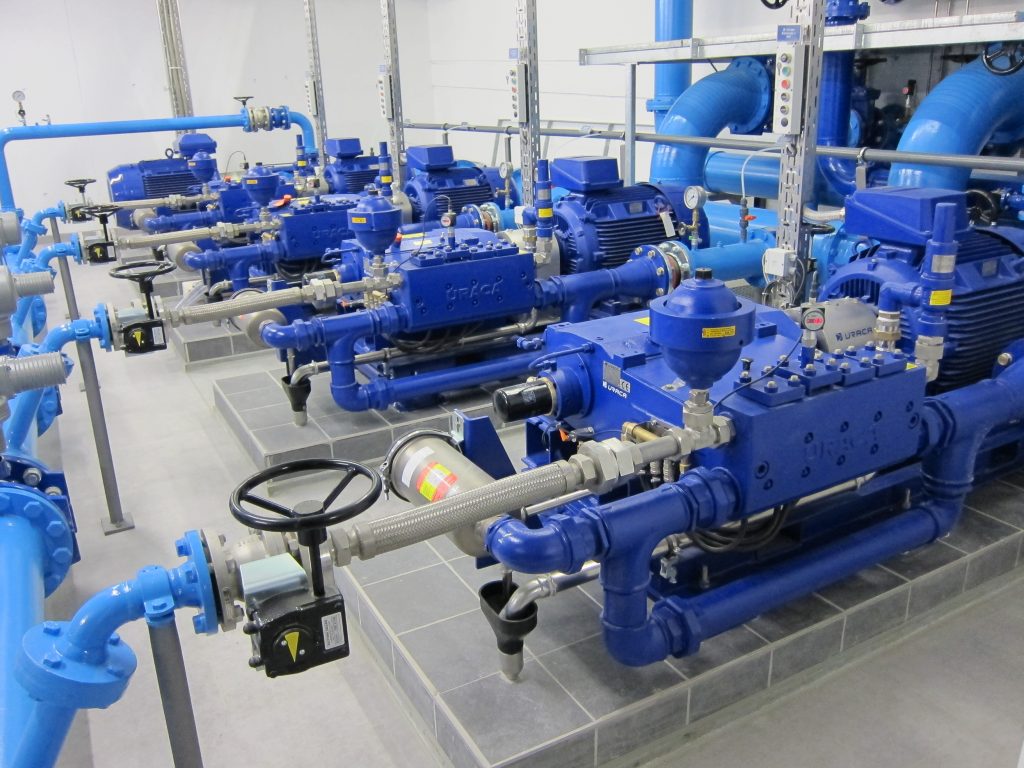
The use of frequency converters for pumping equipment is most effective in open water supply systems with variable flow rates. An example can be pumping stations I, II lifting, booster pumping stations, hot water pumps for boiler houses and heating points.
Traditionally, the pumping equipment of the listed objects was carried out using throttling devices on the discharge pipelines of the pumps (valves, gates, etc.). This method is far from effective and is associated with unproductive energy losses on control valves and faster wear of the mechanical part of the pump.
The simplest and most effective solution to the problem is to change the pump performance in order to stabilize the pressure at the outlet of the pump group.
- Smooth start and stop of the engine exclude the harmful effects of transient processes (such as water hammer) in pressure pipelines and technological equipment;
- The motor is started at currents limited at the level of the nominal value, which increases the durability of the motor, reduces the requirements for the power of the supply network and the power of the switching equipment;
- Modernization of operating technological units is possible without replacing pumping equipment and practically without interruptions in its operation.
- Electric motors of smoke exhausters and fans, as a rule, are selected with a two-fold margin in relation to the nominal operating mode. This is necessary to ensure the start-up of the smoke exhauster or fan under the condition of large moments of inertia of the impeller;
- In the process of operation, excessive torque very often occurs on the shaft of the electric motor, which leads to an unreasonable waste of electricity;
- During the operation of the boiler, the performance of the smoke exhausters and fans varies from 30% to 100% to ensure different combustion modes. In this case, the performance is regulated by changing the position of the guide vanes installed at the outlet of the fan (smoke exhauster);
- Reliable and trouble-free operation is very important for boiler equipment. The frequency converter, thanks to a wide range of protections, can reduce the number of equipment failures several times.
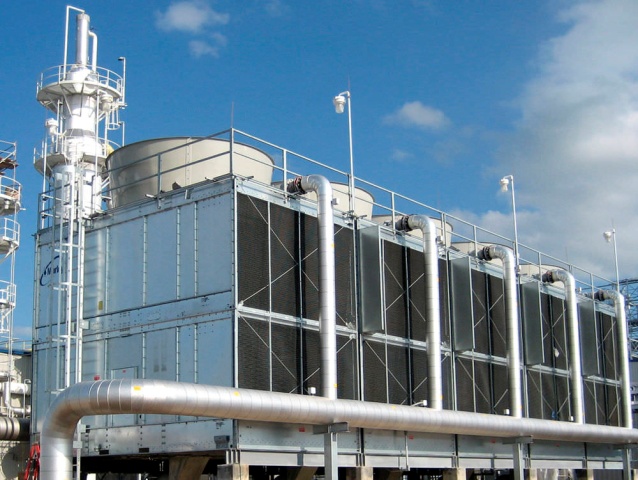
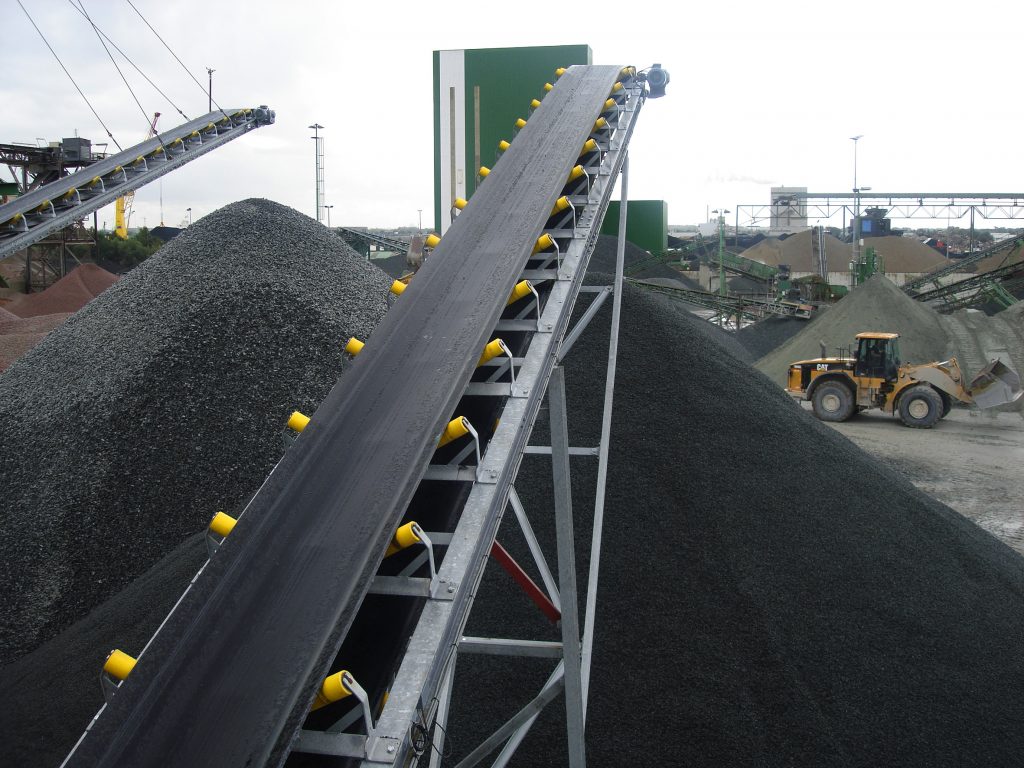
The use of frequency converters to drive conveyors is primarily due to the uneven loading of this equipment. When solving this problem, frequency converters not only ensure smooth start-up and high torque of the motor shaft at low frequencies, but also allow synchronization of the master and slave motors.
As a rule, the master-slave mode is widely used to obtain the same output frequencies of electric motors: the frequency reference is received by the master, the rest of the drives receive signals from the master frequency converter. This scheme is relatively simple and reliable.
About 90% of medium voltage motors drive machines with a “fan” load characteristic. These are pumping units for water supply, transportation of oil and other liquids, compressors of compressed air and gases, fans, air blowers, etc.
Unlike a 220V / 380V frequency drive, which has already become almost household appliances, the introduction of a medium voltage frequency drive is a relatively expensive and lengthy project that lasts more than one month, the success of which depends on the success of all its stages.
As a result of such a project, it is possible to obtain significant energy savings of up to 50%, which is especially tempting considering the amount of money processed by such a drive per hour.
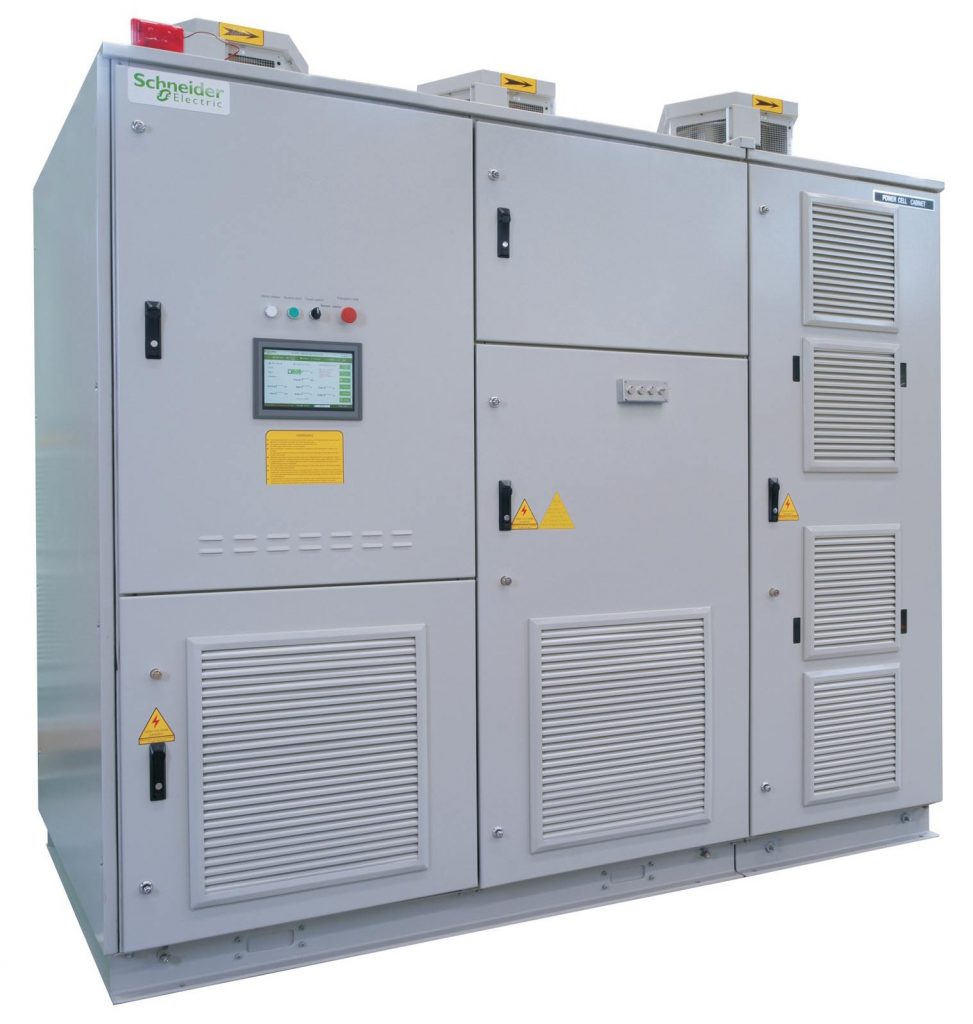
- easy integration into existing or new installations, high reliability and performance;
- reduced energy consumption;
- reduced maintenance costs;
- full range of functions
The use of medium voltage inverters is especially important for such enterprises:
- crusher drive control;
- control of the start-up of mills;
- control of pump drives;
- control of conveyor drives.
- smoke exhausters in coke-chemical and converter industries;
- electric drives of mechanisms in blast furnace production;
- electric drives of mechanisms in sinter production;
- automated electric drive of hot and cold rolling mills.
- fans;
- compressors;
- pumps.
- fans;
- pumps.
